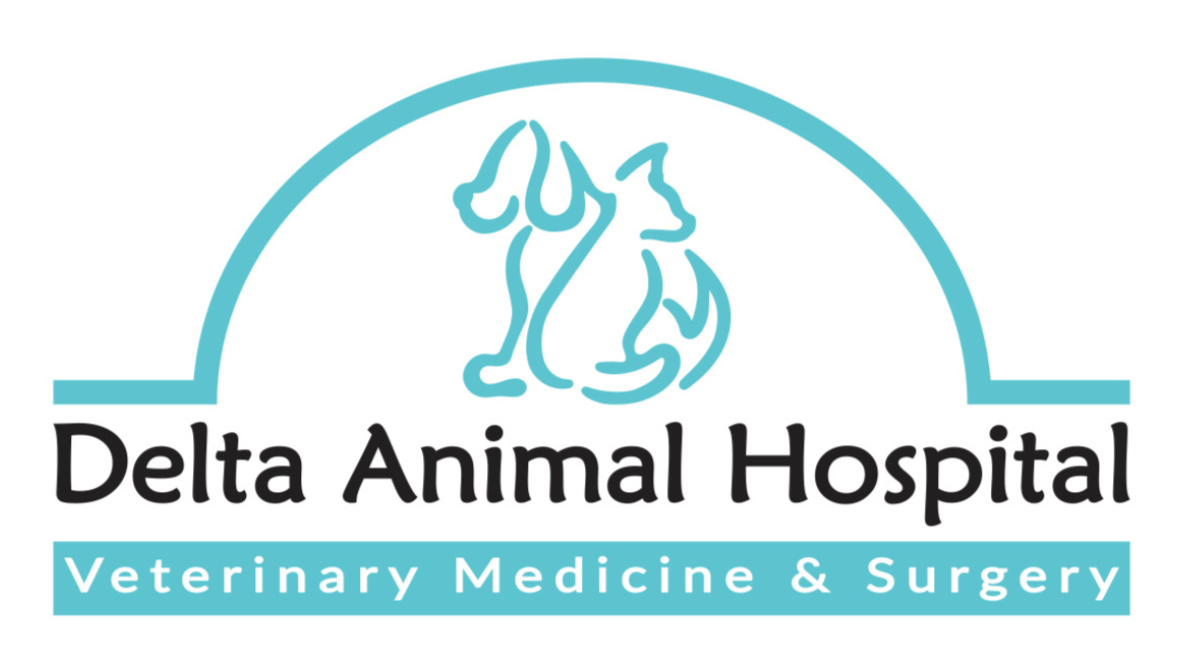Dental Release Form (7 & Older)
Save time during your next appointment! Complete your required forms online from any device at any time before your visit.
Dental Release Form (7 & Older)
Please fill out this form as completely and accurately as possible so we can get to know you and your pet(s) before your visit. If this is an emergency, or if your pet needs urgent care, please call us at 251-937-0112 for a faster response.
